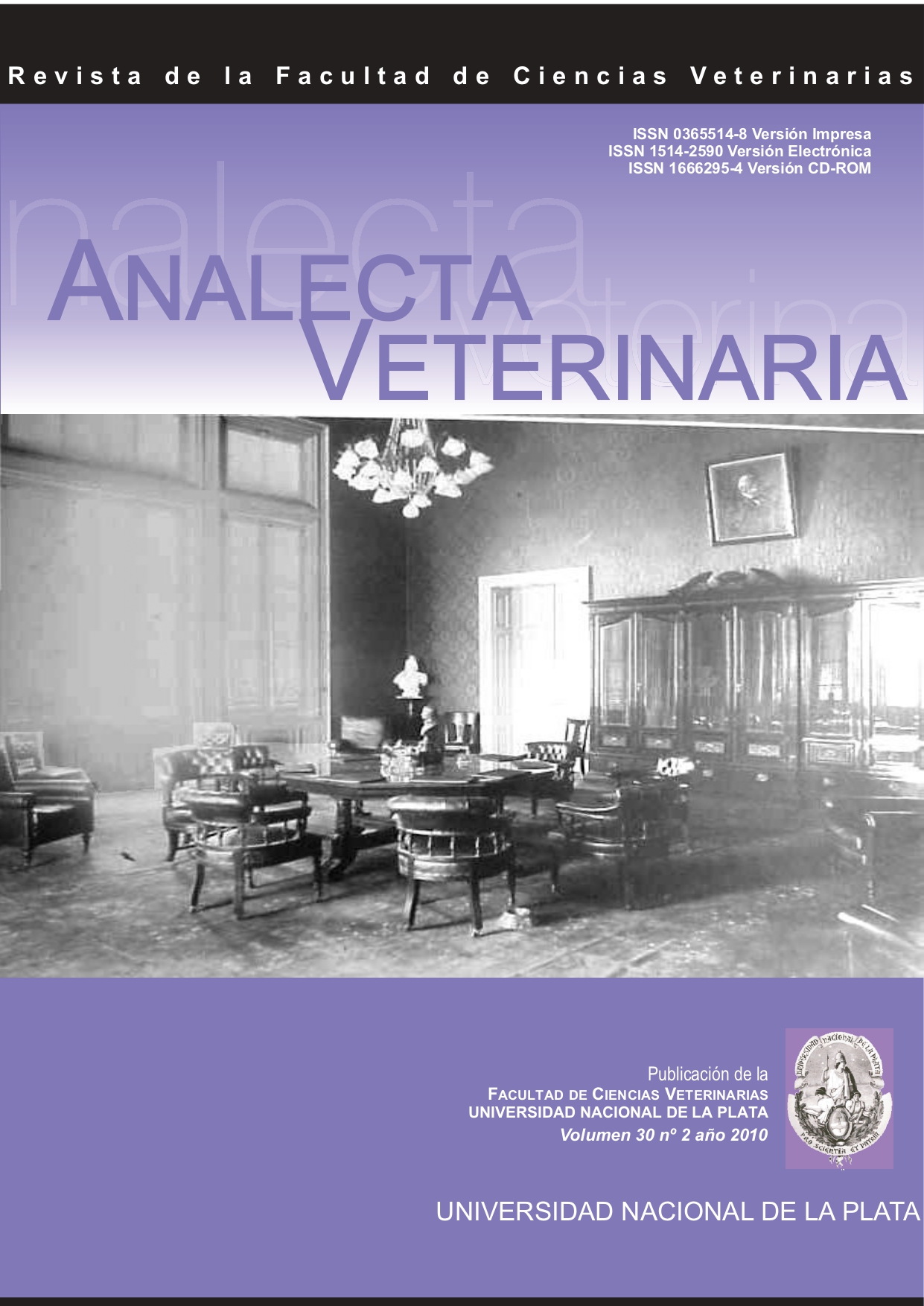Temperamento y bienestar
Abstract
The bovine ones which have unruly temperament gain less weight produce firm meat, and present losses for bruises and abscesses in different muscular areas acquired during the managing and the transport that must be eliminated to commercialize. The losses in Argentine are estimated in 0,89 u$s by slaughtered animal being 28 and 47 dollars for The United States, increasing the worry for the welfare of the animals. The temperament is defined as the set of behaviors of the animals related to the man attributed to fear. The tests that measure temperament evaluate fear, imitating hazardous conditions which find the animals in their production environment, to standardize the reactivity among individuals. Some tests restrict animals physically; others observe the animals in big areas including interaction with the operator. There are evidences which indicate that it is possible to modify the intensity of the emotional reactions for managing and selection, taming the animals by means of processes of habituation and of associative learning. Temperament measures were moderate heritability (h2 = 0,54) when the test carried out to the weaning and fell (h2 = 0,26) when they were evaluated again at 18 months of age. Being the temperament a character inheritable that strikes on the animal well-being and the bovine production, it can be used as criterion of selection. The selection for temperament will need to establish a standardized evaluation system and to implement good managing practices to reduce economic losses.Downloads
Published
How to Cite
Issue
Section
License
Authors retain the copyright and assign to the journal the right of the first publication, with the with the terms of the Creative Commons attribution license. This type of license allows other people to download the work and share it, as long as credit is granted for the authorship, but does not allow them to be changed in any way or used them commercially.

Analecta Veterinaria by School of Veterinary Sciences, National University of La Plata is distributed under a Creative Commons Attribution-NonCommercial-NoDeriv 4.0 International License.

























